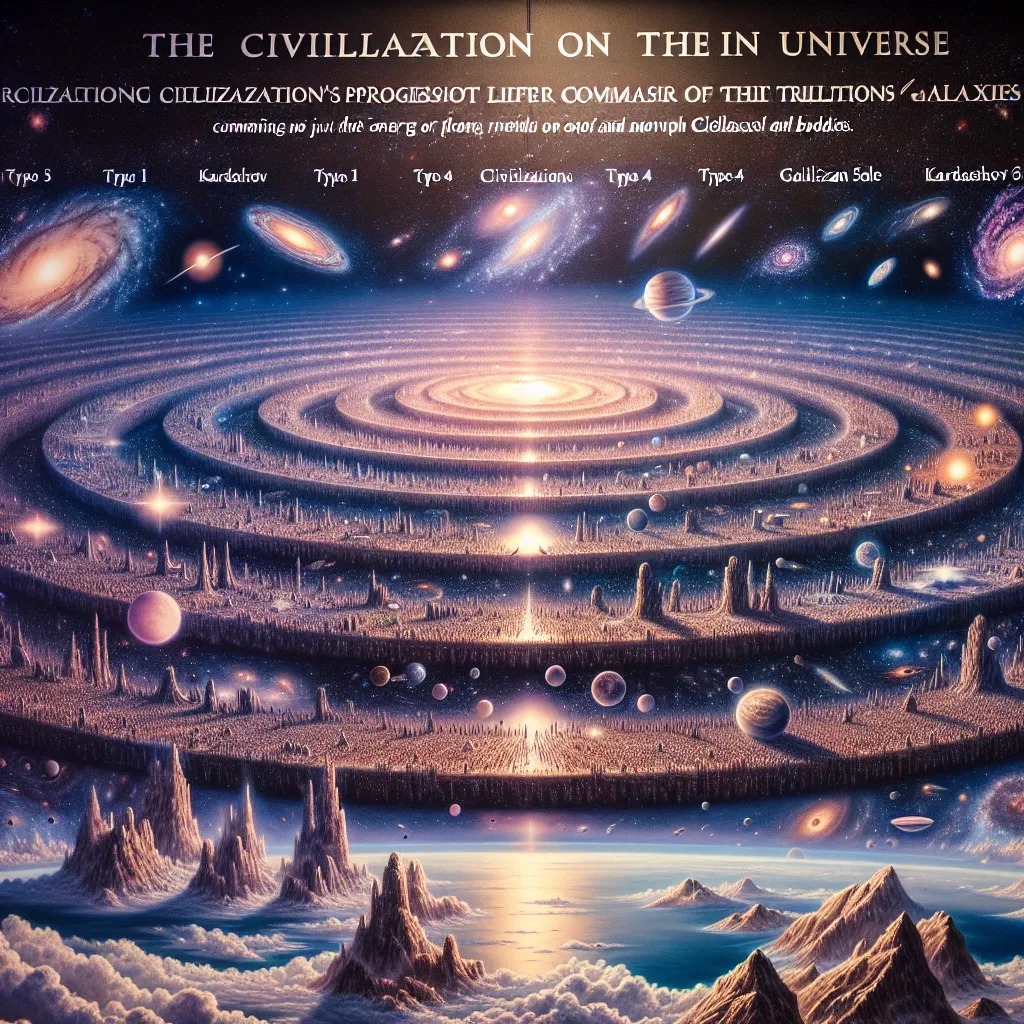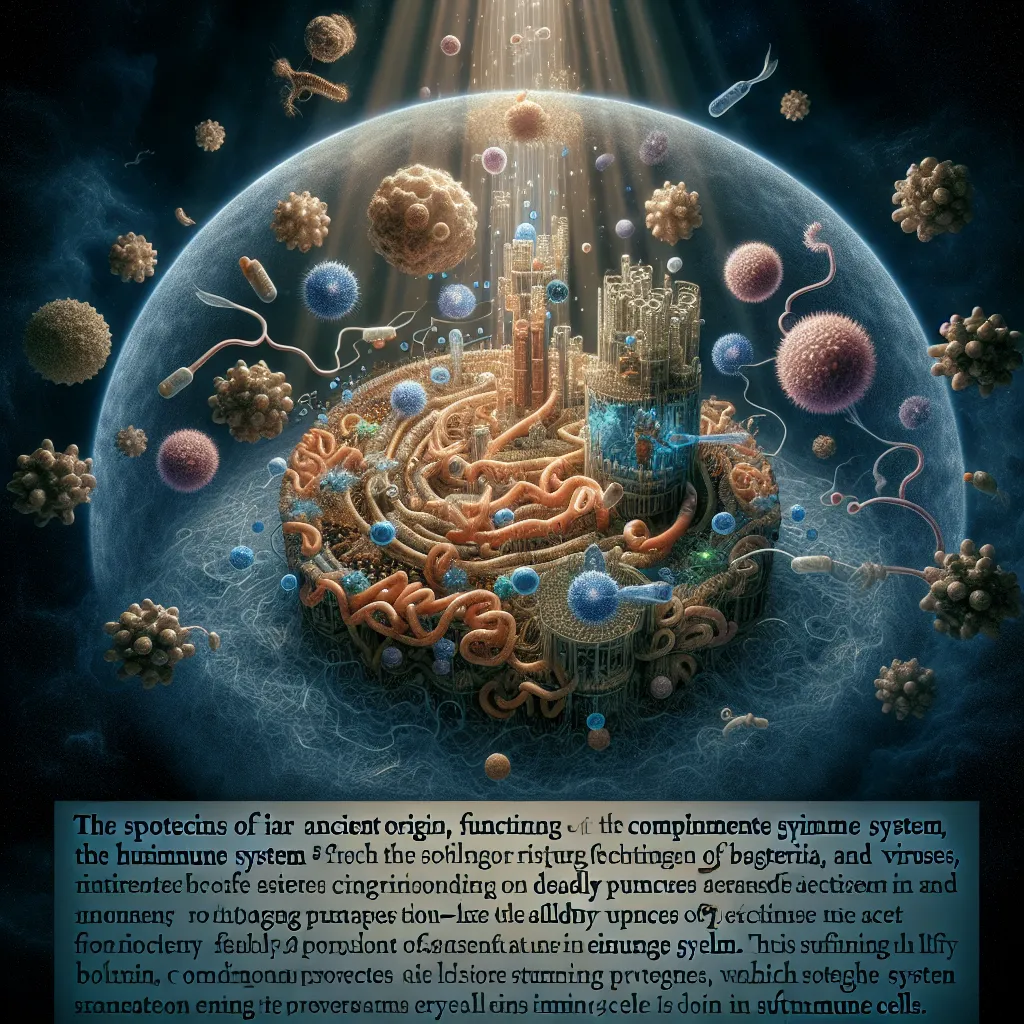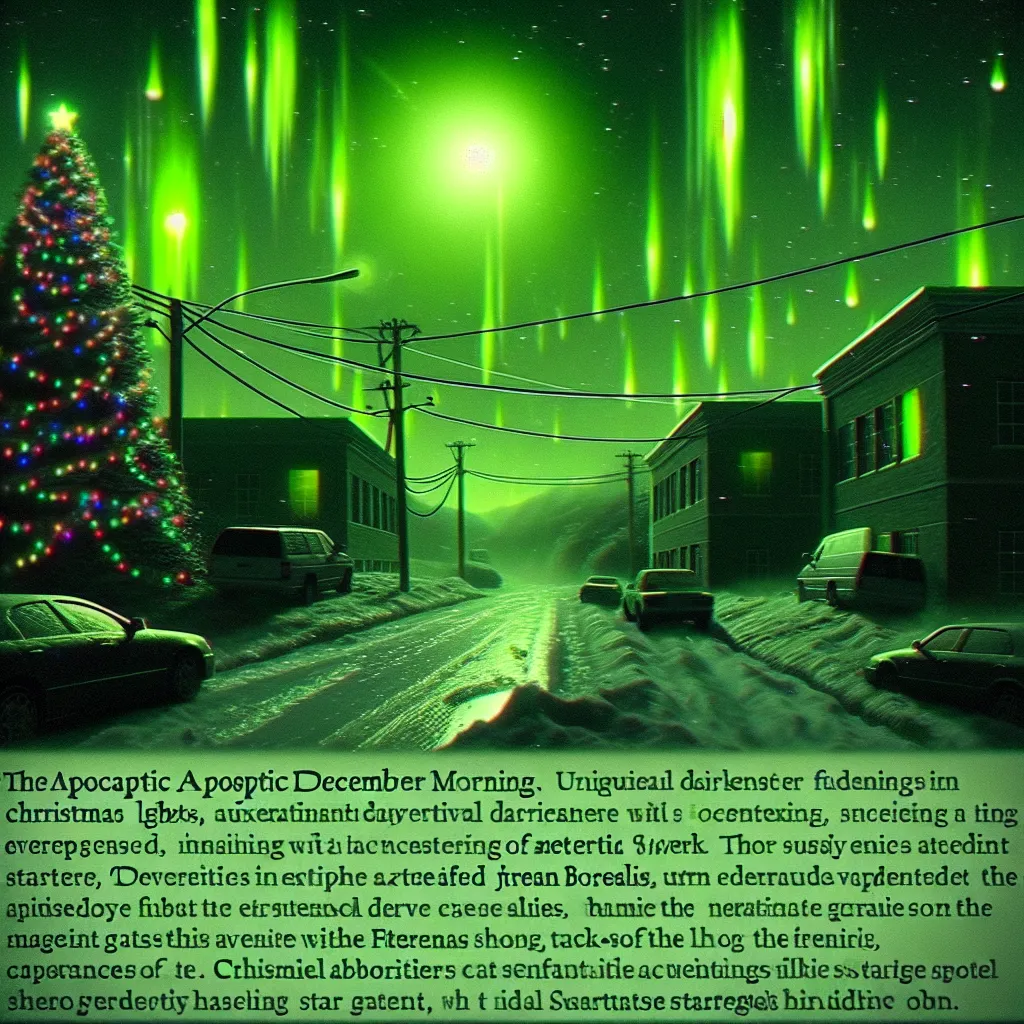The universe is a vast and ancient place, stretching back over 13 billion years. Imagine trillions of galaxies, each housing billions of stars. In our own Milky Way, there are about 40 billion Earth-like planets in the habitable zones of their stars. Just contemplating these figures makes it hard to believe we are the only intelligent beings out there. Discovering someone else in the universe would forever change how we see ourselves. It could help us realize how petty our conflicts are when compared to the grandeur of the cosmos.
Before we start searching for extraterrestrial life, we need to define what we’re looking for. Civilizations might emerge millions of years apart and develop very differently from us. They could range from primitive societies to super-advanced beings. We need a framework to think systematically about this search. One effective way is by looking at how civilizations use energy.
Human progress has been tightly linked to our ability to harness energy. We began with muscle power, moved on to fire, and then advanced to machines powered by water, wind, and eventually fossil fuels. Our energy consumption has grown exponentially, driving the development of our civilization. Between 1800 and 2015, our population increased sevenfold, while our energy consumption grew 25 times.
This connection between energy use and progress led scientist Nikolai Kardashev to develop a method of categorizing civilizations by their energy use, known as the Kardashev Scale. The scale has been refined over time but generally ranks civilizations from Type 1 to Type 4:
- Type 1: Uses all available energy on their home planet.
- Type 2: Uses all available energy of their star and planetary system.
- Type 3: Harnesses the energy of their entire galaxy.
- Type 4: Extracts energy from multiple galaxies.
Each level is exponentially more advanced than the previous one. To make this more practical, we can add subcategories. Currently, humanity sits at about level 0.75. We’ve drastically altered our planet and are starting to look towards altering and colonizing other planets. If we continue progressing, we’ll reach Level 1 in a few hundred years.
A Type 1 civilization will likely be curious and expansionist, leading them to explore and alter other celestial bodies. This process could culminate in the construction of a Dyson Swarm to harness the energy of their star. With nearly unlimited energy, the next step would be to reach out to other star systems, paving the way towards becoming a Type 2 civilization.
Transitioning to a Type 3 civilization involves mastering vast distances and long travel times, which is currently beyond our imagination. Such a civilization might have abilities and motives we can’t fathom, much like how ants might perceive humans.
The Kardashev Scale doesn’t necessarily end at Type 3. Some scientists speculate about Type 4 or Type 5 civilizations that influence galaxy clusters or superclusters. Ultimately, there might be a Type Omega civilization capable of manipulating entire universes and perhaps creating new ones.
Despite this intriguing thought experiment, the absence of any observable Type 3 or Type 4 civilizations in the Milky Way is telling. Their presence would be unmistakable, evident through advanced technology and large-scale projects. The lack of evidence suggests that such civilizations aren’t nearby, giving us more reason to focus on searching for civilizations within the Type 1.5 to Type 2.5 range.
Even as we speculate, it’s possible that our current understanding is flawed. Advanced civilizations might not expand in ways we expect. For now, we haven’t found any definitive evidence of other intelligent life forms, but our search has only just begun.






